I get asked a lot about my silk pillowcase and whether or not I’d recommend silk for skin and hair, so today I’m going to talk about the claims that you might’ve heard about with silk, and whether or not they hold up.
This video is sponsored by Lilysilk, who sell most of the silk items I talk about in this video – their silk products are reasonably priced compared to other options around! (You can use the discount code LAB12 for an extra 12% off.)
The YouTube video is here, keep scrolling for the text version…
Silk and hair damage
Let’s start with hair, because that’s where I first saw the biggest difference.
First up, I’m going to tell you straight: there are no direct peer-reviewed clinical studies on silk pillowcases or clothes for skin or hair. It’s really annoying, but that’s the case with a lot of beauty stuff – research is expensive, and a lot of peer-reviewed research is funded by the government, and it’s hard for them to justify spending money on smoothing out hair when they could be curing cancer or saving dolphins.
But we do know that silk is quite slippery, with a lower coefficient of friction than other pillowcase materials like cotton or linen. And we know that mechanical force is one of the main causes of hair damage – this includes combing, brushing, hair ties, even hairs sliding past each other. So given that we sleep for about a third of our lives, and we’re smushing our hair into the pillow, it makes sense that there’s going to be some damage happening there, and using a pillowcase with less friction can help.
Silk also doesn’t absorb as much moisture as cotton or linen. If your hair is quite porous and prone to losing moisture, the pillowcase material might have an effect too.
I didn’t really see much of a difference when I first started sleeping on a silk pillowcase from Shhh Silk before I dyed my hair. This was probably because, as my hairdresser put it, my hair is “strong as s***”.
Related post: What to Expect After You Bleach Your Asian Hair
But after bleaching it twice, my hair became really fragile and dried out really easily, and I could really feel a difference after sleeping on a silk pillowcase versus a cotton one. With silk it feels normal, but with cotton it almost feels like a lot of the conditioner’s come off, and the hair is catching on itself. My hair feels crunchy and looks a bit duller and frizzier.
The biggest difference is when I’m lazy and I don’t dry my hair properly before going to sleep. This is really bad because your hair swells up when it’s wet, causing the cuticle scales to stand up more. This means they’re more likely to get damaged when they rub against other hairs, or your pillow, or whatever else is around, so don’t do that.
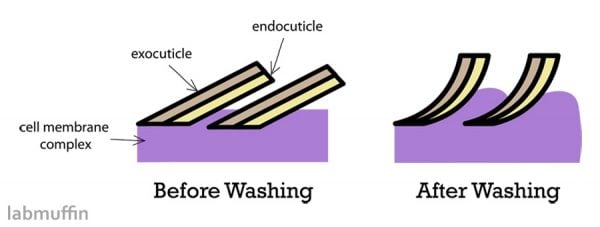
Related post: Microfibre hair towels and hair damage
But sometimes I do do that – when I’m too tired to blowdry my hair, or when it’s too late and I don’t want to wake everyone up. I find that with a cotton pillowcase my damp hair will go knotted and super crunchy, while silk is much more forgiving and my hair ends up much more manageable.
Lilysilk have a huge range of silk pillowcases. I’ve been trying out the 19 Momme ones which are quite affordable as far as silk goes, at only $30 USD each (it’s a good idea to buy multiple, so you can rotate them for laundering).
Aside from pillowcases, there are some other options for keeping your hair nice with silk. If you have long hair like mine, not all of it ends up on the pillow. The ends are usually worse off than the roots, and they can get trapped between your body and the sheets and get damaged there. You can get silk sheets but that gets very expensive very quickly. A more budget-friendly option is to gather your hair up into a silk bonnet instead.
Silk and wrinkles
With silk and skin, it’s similar to hair. Again, silk has less friction and absorbs less moisture which means it can help with some skin issues.
You might’ve heard that silk pillowcases can prevent wrinkles. This is based on the idea that the lower friction means your skin gets tugged less.
I’m not super convinced by this reasoning – there are sleep wrinkles or sleep lines, but these come from your sleep position. If you sleep on your side or your stomach, your face gets smushed and creased, and then those creases get etched into your skin over time. Sleep wrinkles tend to be vertical and don’t match with normal muscle movements, which is where most of your wrinkles come from.
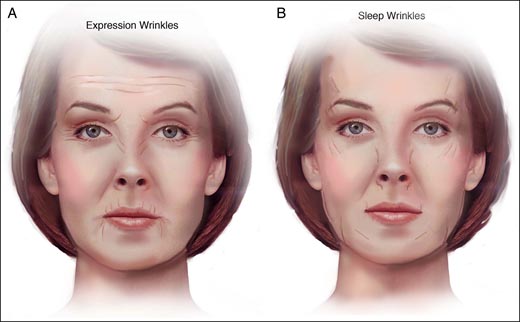
But sleep wrinkles mostly come from the weight of your head, not from the relatively tiny pull from your pillowcase material. If you’re worried about sleep wrinkles I’d recommend looking into changing your sleep position to sleeping on your back. This can be hard though, and can impact some other areas of your health, so it may not be worth it depending on your individual situation. There are some pillows designed for keeping your weight off your face as well.
But what I’ve definitely found since using silk pillowcases is that I don’t get as many awkward creases on my skin from the pillow when I wake up. These imprints take a while to fade, so my makeup goes on a bit funny over them and sometimes they aren’t quite gone by the time I’m meant to face other people. With a silk pillowcase, I get a lot less of these.
Silk and skincare products
Because silk doesn’t absorb moisture as much as cotton does, it doesn’t dry out your skin as much as you’re sleeping. My skin feels a bit plumper and more hydrated after sleeping on silk than on cotton.
Silk also doesn’t soak up as much of your skincare so less of your products will go to waste, and theoretically that’s feeding bacteria a bit less so your pillowcase gets gross slower (you should be washing your pillowcase regularly to prevent breakouts, but you might be able to go a bit longer with silk).
Silk and amino acids
You might’ve heard some people say that silk has amino acids which can absorb into your skin and feed it. This is a myth – silk does indeed contain amino acids, but they’re bound up into long chains that are too big to go into your skin, so they stay in the pillowcase. This is a good thing because it means your pillowcase doesn’t slowly get absorbed into your face, you still have a pillowcase left at the end of it all.
Silk and maskne, skin irritation
Another good use of silk I’ve found is with face masks. I’ve been getting a lot of maskne lately from wearing surgical masks outside, with really irritated angry spots in places where I don’t usually get spots. My chin in particular has been a bit of a disaster!
Related post: Pandemic Skincare: Irritation & Breakouts from Masks (with video)
The main reasons for mask-induced breakouts are trapped moisture from your breath and sweat, and friction as the mask rubs against your skin. Both of these can irritate and compromise your skin barrier.
Silk is one of your best bets for dealing with friction since it’s so slippery. I’ve been trying out a few silk masks from Banded Together and Shhh Silk.
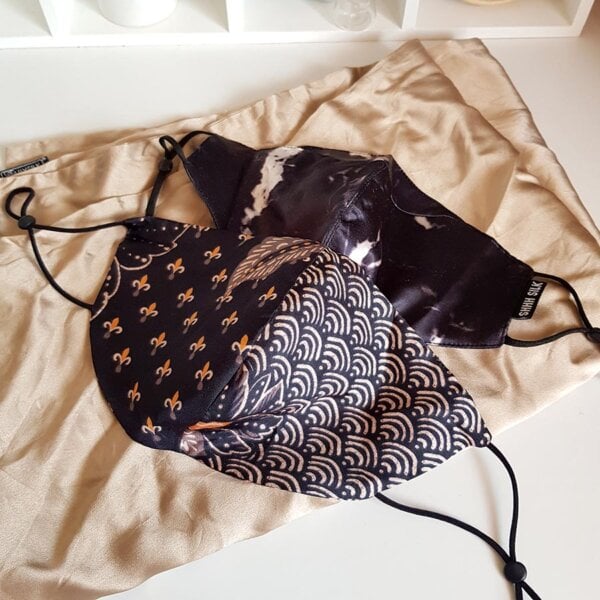
Lilysilk also have thin two-layer silk/rayon masks that can fit under a surgical mask to reduce friction. These do make it a bit more difficult to breathe in through your nose, but through the mouth is fine. I usually wear one under a surgical mask when I’m sitting on public transport, then take it off when I start moving for easier breathing. This cuts down on the total friction I get, and it also takes away a bit of moisture as well.
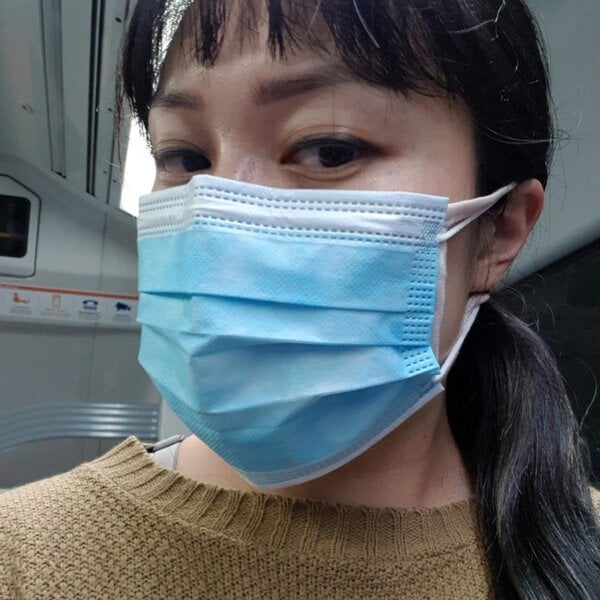
If your body skin is sensitive and easily irritated, you might find that silk clothing is good as well, again because of that slipperiness. Lilysilk sells a range of silk clothing as well (the shirt I’m wearing in the video is here).
Drawbacks of silk
There are some drawbacks to silk as well:
Cost
Silk is also one of the more expensive fabrics. Lilysilk has some really affordable options like the 19 momme pillowcases, but other fabrics are usually going to be cheaper.
There are some satin fabrics that can give similar low-friction effects. “Satin” refers to how the fibres are woven to be smoother and more silk-like, so materials other than silk can be used to make satin, but they tend to have some drawbacks.
For a long time I was actually scared to use silk pillowcases because one of my high school friends used to have satin pillowcases, and every time I slept over my hair would get really flat from static and my head would be hot and sweaty.
Later on I realised they were actually polyester satin – I haven’t had any of these issues with the silk pillowcases I’ve tried so far.
If you’re after alternative satin fabrics, I’d recommend trying sateen which is a cotton-based satin fabric, which shouldn’t have the heat or static problems, even though it might absorb a bit more moisture than silk.
Ironing
In terms of upkeep, it’s been surprisingly easy to take care of silk, even though I’m far from a domestic wonder. Ideally you’d hand wash or dry clean silk items, but I can’t handle that level of effort. I’ve been putting my silk items inside out in a delicates bag and putting them in the washing machine (cold setting, slowest spin cycle) with liquid detergent, and my oldest silk pillowcase is still going strong after 3 years. I hang them on the line away from direct sun.
Ironing out creases is a different story. I don’t really care how wrinkled my silk pillowcases and masks are, but if you like creaseless pillowcases and clothes you will need to iron silk. This probably won’t be an issue if you already do a lot of ironing, but it’s a bit of a dealbreaker for me in terms of clothing since I’ve structured my entire wardrobe around avoiding irons.
Not vegan
If you’re vegan you’ll probably want to avoid silk since it’s produced by silkworms, and silkworms are usually killed in the production process.
References
Sarifakioğlu N, Terzioğlu A, Ates L, Aslan G, A new phenomenon: “sleep lines” on the face, Scand J Plast Reconstr Surg Hand Surg. 2004, 38, 244-247. DOI: 10.1080/02844310410027257
Anson G, Kane MA, Lambros V, Sleep wrinkles: facial aging and facial distortion during sleep (open access), Aesthet Surg J. 2016, 36, 931-940. DOI: 10.1093/asj/sjw074
This video was sponsored by Lilysilk; however, the content is all based on my independent research and my honest experience. For more information, see Disclosure Policy.


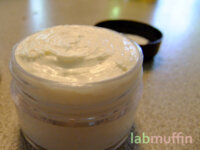
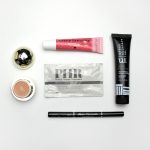

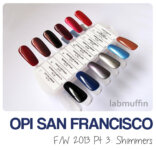
I’ve used silk pillowcases for years and always wash them at 60C like the rest of my bedlinen as I’m paranoid about hygiene- i use silk/wool detergent and they stand up to it very well.
Hi Michelle,
Thanks so much for all the info!
I have masks from JohnnyWas, some silk and some cotton. Love the silk. I came across “ The Laundress” products, they have a very nice delicate wash. But…my favorites are the washes they make with LaLabo scents. The Rose31 is so beautiful. Great on fabric and it is aromatherapy.
Blisssilk is my favorite brand!
I LOVE the shirt you are wearing, it has a beautiful color. Silk clothing feels so good, especially in the summer.
I never tried a silk pillow case, but might invest in one now, although I don´t think my wrinkles (that come from me sleeping in weird positions) will be helped by that.
Hi Michelle, I love all your content (yt and here)! Can you also talk about prebiotics and probiotics on skincare ingredients?
Thank you!
Hello, can you please talk about LED face masks and hand held device? Do they help build collagen or are they just a quick fix for a few days — for ex. to use before a special event. Thanks!
I’ve been working on this gradually – it’s a complicated topic!
This company seems really dodgy to me.
There are some really bad reviews online of the company, practices and some of the products.
It seems like they may have some good quality products and they give them to influencers, etc for good reviews.
Many people report very low quality products, doubt that the fabric is actually silk, impossible returns process and they have one of those “sales” that actually run constantly.